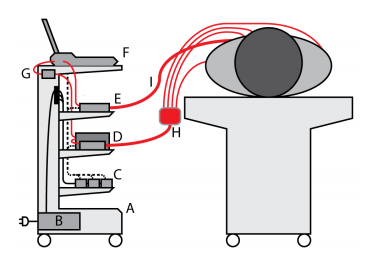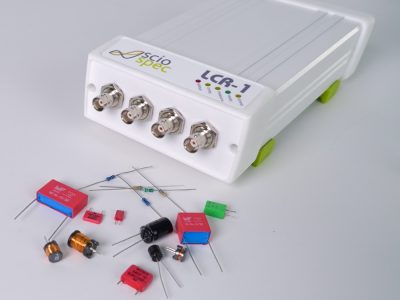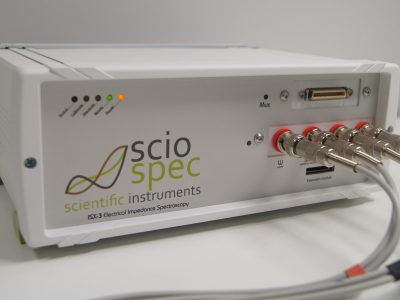We have developed equipment suitable for electrical bioimpedance measurement in human hearts, and we have developed a method of detecting capture for CRT devices. We have used bioimpedance to improve treatment of cardiac disease, but not to detect cardiac disease. This means that the aims we set are partially reached. The equipment is in use today in other CRT studies, so we expect to reach the last aim as well. The objectives are considered individually:
• Evaluate feasibility of getting useful results from measurements in a human heart using pacemaker leads during the acute phase of the implantation by analysing finite element models.: The work on finite element models have shown that it is probable to get useful results form four electrode measurements, and to some degree that it is feasible to get results from three electrode measurements. If we, connect the work on three electrode models with knowledge of variable tissue properties in myocardium, we can conclude that also three electrode measurement will give useful results. To be able to quantify the feasibility, we developednew measures of quality that are useful for evaluating measurement set-ups in in
silico experiments. We therefore conclude that the objective is fulfilled.
• Design, build, and test a measurement system suitable for use on human hearts:
We did build a measurement system that successfully has been used for measurements on human subjects. We have demonstrated that the system is capturing 190 spectrums per second with five frequencies form 20 kHz to 750 kHz. The results are presented in real-time, and are saved to file simultaneously for post-processing. We therefore conclude that the objective is fulfilled.
• Start building a knowledge base: We have done a series of measurements withvarying set-ups, and we have collected valuable knowledge of possibilities, limitations, and expected results for a number of set-ups. We are still learning and adjusting the information we have, but we have started. We therefore conclude that the objective is fulfilled.
• Demonstrate practical use of electrical bioimpedance in cardiology: We developed a novel method to determine loss of capture in pace electrodes used for delivering CRT therapy based on electrical bioimpedance. The method is based on bioimpedance measurements within the heart, and has been tried in a clinical study. We therefore conclude that the objective is fulfilled.
The work presented here has enabled our group to continue exploiting electrical bioimpedance as a tool in cardiology.
Bioimpedance as a tool in cardiac resyncronisation therapy



